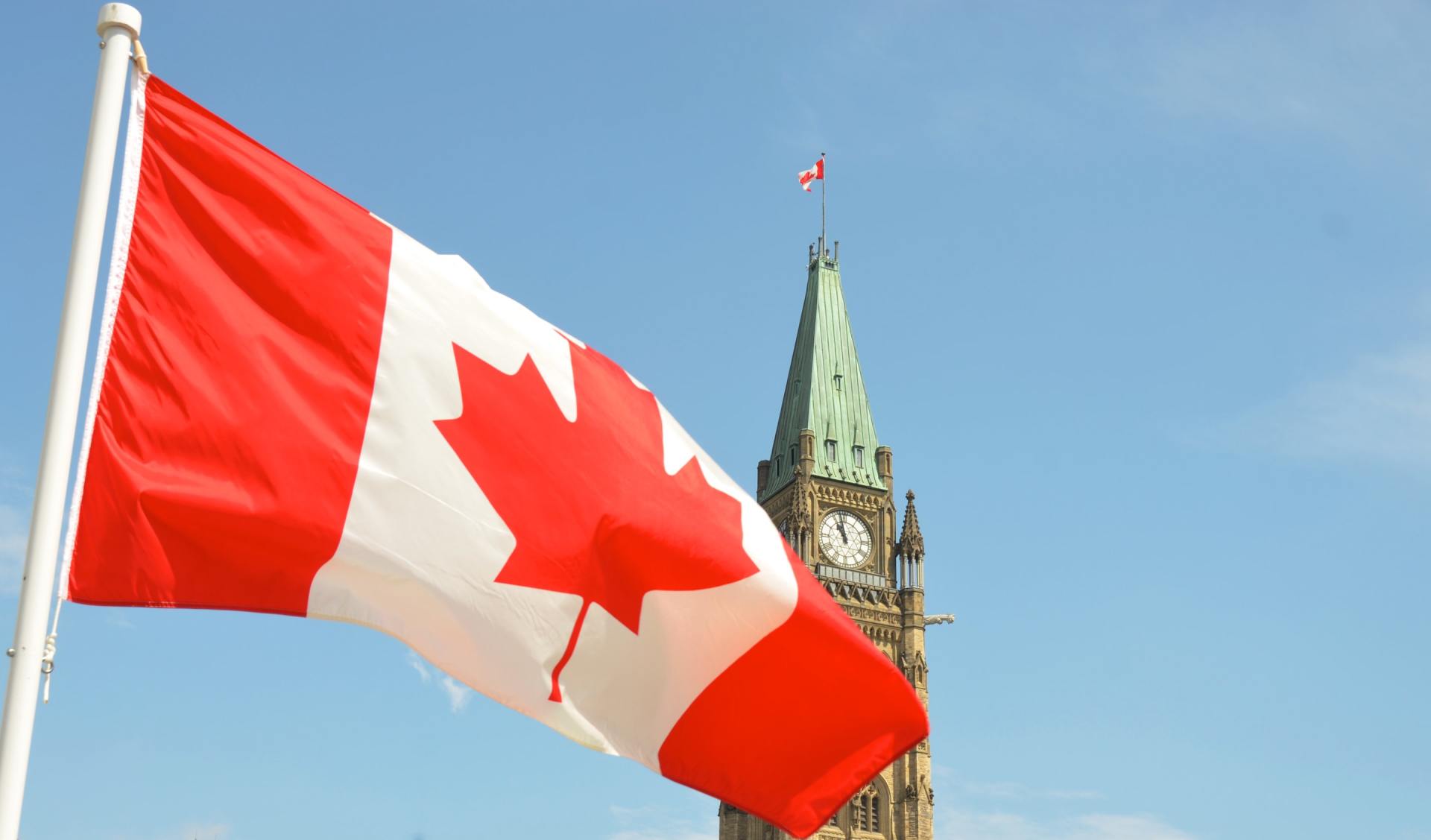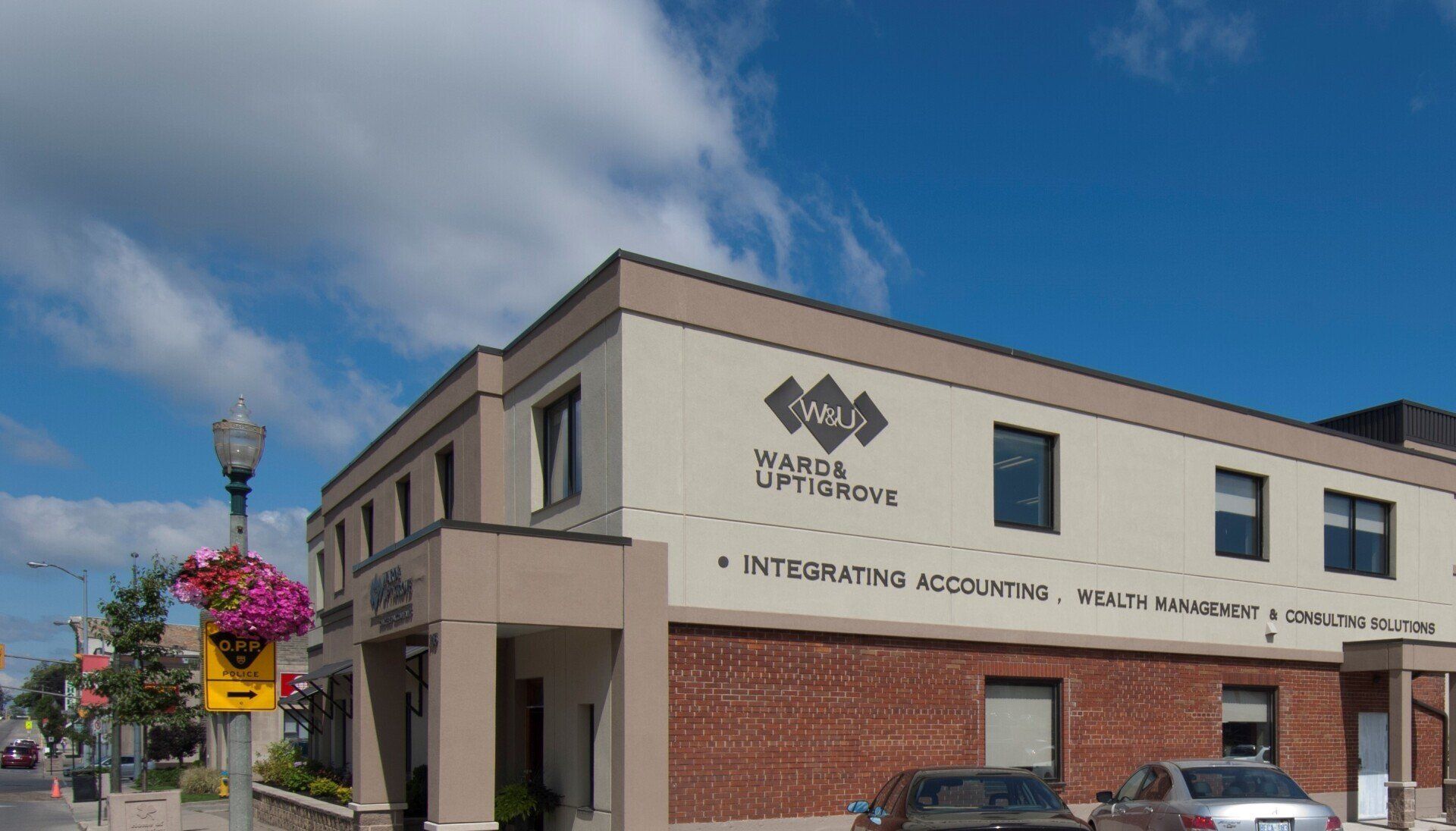RESP Withdrawal Options
So, you’ve saved for your child’s education within a Registered Education Savings Plan (RESP), hoping that they will pursue post-secondary education one day.
Congratulations! They are enrolled!
For all these years, your contributions, grants, and growth have been tax-sheltered. So now you’re wondering how best to get the money out of the plan and how it works - Let us help you.
Within the RESP plan, there are the subscriber’s contributions, grants, and possibly bonds received, and earnings on the investments.
Withdrawals of the original contributions are referred to as Post-Secondary Education (PSE) withdrawals and are not taxable.
The Canada Education Savings Grant and Canada Learning Bond (CESG, CLB), if applicable, and earnings on the investments are taxable to the student, referred to as Educational Assistance Payments (EAP). You want to withdraw all EAP dollars while your child is in school so that those funds are taxed in their hands, not yours. Before making any withdrawals, it is important to find out the available EAP amounts for tax planning from your RESP provider.
For the 1st 13 weeks of a program, there is a maximum EAP withdrawal of $5,000 for full-time and $2,500 for part-time programs.
After the initial 13 weeks, there is no limit. Even if the funds are not needed upon your child beginning their program you may consider withdrawing some to take advantage of the basic exemption amount of $14,398 for tax year 2022. That means the student can withdraw those funds tax-free up to that amount if they have no other income. If they are working part-time, make sure to factor that in. EAP amounts can be taken for up to six months after the program ends.
The name of the game is to ensure the plan is completely drawn down by the time your child finishes school.
RESOURCE
Canada Revenue Agency – Registered Education Savings Plans (RESP) Guide
https://www.canada.ca/en/revenue-agency/services/forms-publications/publications/rc4092.html
Available in HTML, PDF, and alternate formats
If money is left in the plan after they finish their studies, or if they didn’t pursue post-secondary education, you can collapse the RESP and withdraw your original contributions without any tax. If there is still grant or bond money left, it’s headed back to the government. All earnings in the plan are taxable to you, the subscriber, plus a 20% penalty tax. If you have not reached your RRSP contribution limit, you can transfer up to $50,000 of the growth to your RRSP and avoid the penalty tax. The RESP must be in existence for 10+ years, with all beneficiaries being at least 21 years old and not enrolled in a post-secondary education program. CESG and CLB are still repaid to the government.
You may be able to transfer the funds to a sibling under 21, or in the case of a family plan, have another beneficiary use the proceeds. CESG exceeding $7,200 per beneficiary must be repaid.
An RESP can remain in place for up to 36 years from when the plan was opened. If your child’s circumstances change in a few years, they may still be able to use those funds as intended and taxed to them. It can also give you time to accumulate RRSP contribution room if it appears you might need to wind up the plan.
There are many ways to structure the withdrawals and different aspects to each, so please get in touch with us so we can plan the appropriate withdrawal strategy for your family.
Have Questions?
Contact a Ward & Uptigrove Wealth Management representative
at 519-291-3040 or email info@w-u.on.ca.





